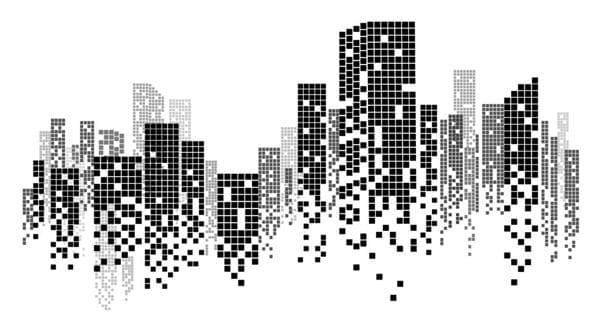Urban design is the design of towns and cities, streets, and spaces. It is the process of designing and shaping the physical features of cities, towns, and villages and planning for the provision of municipal services to residents and visitors. It is the collaborative and multi-disciplinary process of shaping the physical setting for life in cities, towns, and villages; the art of making places; design in an urban context. Although it deals with issues of a larger scale than architecture, it cannot be understood as a wholly separated field of research and design, since the quality of one depends on the quality of the other.
Urban design is an interdisciplinary field that utilizes the procedures and the elements of architecture and other related professions, including landscape design, urban planning, civil engineering, and municipal engineering.
Urban design involves the design of buildings, groups of buildings, spaces and landscapes, and the establishment of frameworks and processes that facilitate successful development. Urban design deals with the larger scale of groups of buildings, infrastructure, streets, and public spaces, entire neighborhoods and districts, and entire cities, with the goal of making urban environments that are equitable, beautiful, performative, and sustainable. It is concerned with a great variety of places: city centers, residential neighborhoods, grassy fields on the edge of a village, down-at-heel industrial estates, or the areas around the local bus or train stations.

Urban design is an interdisciplinary field that utilizes the procedures and the elements of architecture and other related professions, including landscape design, urban planning, civil engineering, and municipal engineering. It should inspire, illustrate, and define how a place could be improved, or remain unchanged, to bring benefits to investors, developers, and wider society. It ranges from the set of policies and processes to the design of buildings and spaces themselves.
It borrows substantive and procedural knowledge from public administration, sociology, law, urban geography, urban economics, and other related disciplines from the social and behavioral sciences, as well as from the natural sciences. Urban design demands an understanding of a wide range of subjects from physical geography to social science, and an appreciation for disciplines, such as real estate development, urban economics, political economy, and social theory.
Urban designers are typically architects, town planners, or landscape architects. Urban designers work to create inclusive cities that protect the commons, ensure equal access to and distribution of public goods, and meet the needs of all residents, particularly women, people of color, and other marginalized populations. Their skill is to bring together the ideas of developers, local communities, other architects, planners, engineers, landscape architects, and many more and to resolve problems and conflicts in order to create better places for all.
Job responsibilities of an urban designer include:
- Providing cost and timeline estimates for a client
- Researching design plans for existing spaces to gain inspiration
- Utilizing data on spatial dimensions to complete a scaled drawing of the building or landscape
- Going to worksites to check on the progress, ensuring everything matches the blueprints
















